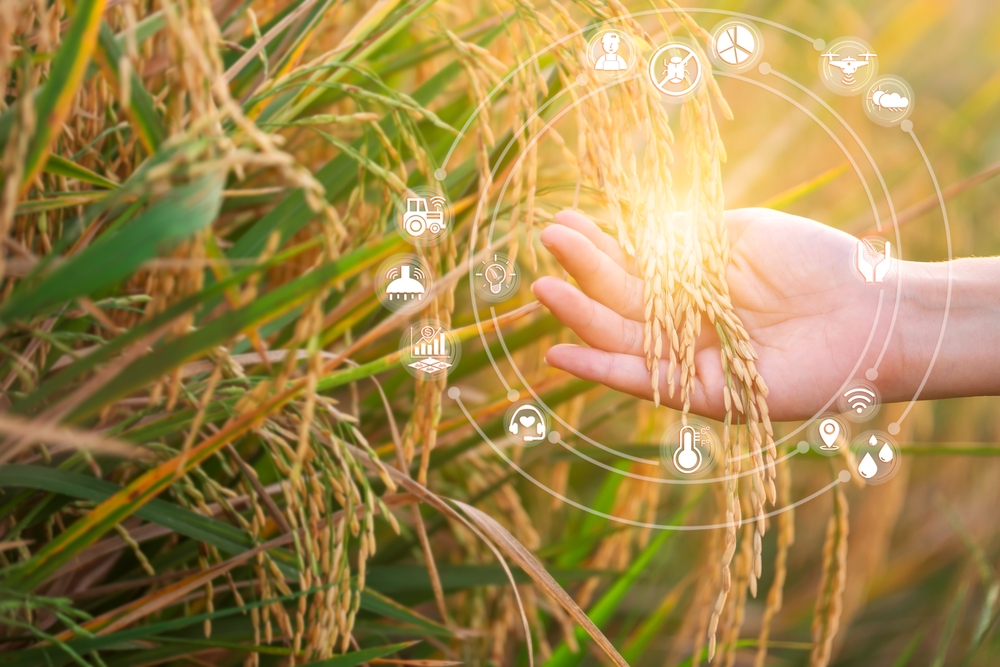Last week my colleague Dan Callahan introduced you to Copilot, Microsoft’s AI assistant soon to be embedded in Microsoft 365. Built off OpenAI’s GPT large language model, Copilot is being touted as “revolutionizing efficiency” and “reinventing productivity”. While we won’t truly know if this is the case until it’s fully rolled out and in use over the next several months, based on what we’ve seen so far, it looks extremely promising. It goes without saying: AI in our workplaces is no longer the future, it is the NOW. And nonprofits should consider taking advantage of it. Following are just a few ways nonprofits can use AI products like Microsoft Copilot to help meet their goals…and even thrive.
Administrative Tasks
Clearly a huge benefit for nonprofit and for-profit organizations alike, AI is perfect for conducting routine administrative tasks. Have Copilot do that tedious data entry for you: It can move data from one place to another and organize it. Instruct it to generate reports from that data, including detailed analysis. Have it review financial data and suggest cost-saving opportunities. The list of administrative tasks you could have AI assist your nonprofit with seems endless.
Grant writing
Grant writing can be a complex and time-consuming process, but Copilot helps you streamline it. It can analyze data from previous grant applications to help grant writers create proposals that are more likely to be successful. It can also provide feedback on the quality of grant proposals, helping writers to improve and refine their work. Not only can it perform the standard spelling and grammar checks on a writer’s work; it can also be instructed to analyze the quality of the proposal to ensure it is engaging and persuasive.
Fundraising
Improve your fundraising efforts by analyzing data on your donors. Use Copilot for predictive analysis, looking at past donation behavior to focus your efforts at future appeals. Nonprofits can save time in their fundraising efforts by asking Copilot to draft emails or letters specific to each donor. Instruct it to craft formal invitations. Even create fundraising event announcements specifically geared toward social media platforms.
Stewardship
The stewardship of your donors is critical to your future fundraising efforts. Use Copilot for donor segmentation so you can more easily personalize your follow up efforts for specific. Have it create a budget for your stewardship strategy. Use it to write drafts of letters (or email) specifically appropriate for either lapsed or regular donors. (Which you can finalize with your own personal touches.) Have it construct and implement a survey for your donors to express themselves; knowing you are interested in what they have to say can go a long way toward donor retention. Use Copilot to write drafts of customized thank you letters to your donors. And have it create monthly newsletters to keep them updated on your organization’s work.
Just don’t forget the human part
Honestly, these handful of ideas are just touching the surface of what AI products like Copilot can do for nonprofits. And while it really does look like a game-changer for increasing productivity, remember not to leave out the human element. Particularly when it comes to donor relations. As I’m sure you recognize, a completely automated, hands-off approach isn’t the best choice for nonprofits. While AI can input and analyze data about your donors, help create strategy and even draft correspondence on your behalf, a human touch is critical if you want to successfully engage with them. Use Copilot to do your analysis and reports and handle other mundane administrative (and time-consuming) tasks. But when communicating with donors – current or potential – make sure they know there are still real human beings behind the good work being done.





0 Comments